Ways to Prep for Free
Being prepared is more about skills and knowledge than about expensive stockpiles. I have seen folks spend a fortune on preparedness only to end up with little more than a false sense of security. Some of the most important aspects of preparedness are free or cheap.
- Work on Your Health
Any time people address emergency preparedness, equipment gets a lot of attention because people love the idea that they can buy some stuff and feel prepared. While it is true that having a certain amount of equipment and stockpile will likely help you survive, so will having the necessary skills and being physically fit.
Without money, you probably won’t be catching up on your dental work but working on your cardiovascular endurance and getting down to fighting weight do not have to cost you a dime.
- Cross Train in Skills
Emergency preparedness encompasses a vast ocean of skills and knowledge. You probably have skills that you can teach to your friends in exchange for them teaching you. Over several decades of prepping, I have been mentored by many other survivalists, usually free of charge, and I have trained many others, also free of charge.
If you can’t find someone through your friends and colleagues who can teach you the skill you need, you can probably find a club with people willing to teach for free or for cheap.
- Run Drills
Have you done a timed bugout drill? If you haven’t done one yet, I strongly suggest it. Explain the drill to anyone else involved, get ready and then simulate a bugout. Running a bugout drill demonstrates the importance of preparation, checklists and turnout bags. Read about turnout bags in Dressed to Survive.
Have you tried to live at home without electricity or running water? Even doing this for a weekend will help you get your head around how dependent on electricity and running water society has become. Remember that when a city loses power, a boil water order will go into effect shortly thereafter, so you should be filling water containers with the treated water still in the lines if you don’t already have adequate water storage.
- Keep Journals, Logs & Checklists
Another way to prep for free, that will also help you get the most out of drills, is to keep journals, logs and checklists. When I put in dirt time, I make a journal entry and note the date, activity, weather, who is with me, and so on. I comment on equipment and techniques that worked well and what could be improved. I note things that I wish I had brought, and things could be left behind next time.
I started keeping a trip log as a young man and now have kept at it over the decades. Over the years, it has led to many improvements to my clothing, equipment, food choices, and to which techniques and knots I use.
As you refine kit contents and SOPs, create checklists for each module and important task. If you use your kit every day (and you should), you will remove items to use or for repair or maintenance. Checklists help ensure that you don’t forget kit contents as you pack last minute items or perform tasks under the stress of a disaster.
- Study
What’s in your survival kit is usually less important than what’s in the space between your ears. The latter can be improved for free.
- Curate Your Own Digital Survival Library
On the subject of studying, there is an abundance of information available and much of it can be had for free by downloading articles from websites, eBooks, books, directories and maps. There are many good sources of free digital documents and books: military manuals, archive.org, gutenberg.org, the US Geological Survey website and many others. Read about survival libraries in Survival Library Contents.
- Watch YouTube Videos
DIYs are an important part of survival. Survivors are constantly fashioning tools and adapting the materials on hand to meet their survival needs. You can learn to build a woodstove, a copper coil to heat water, a Biosand filter, a hydraulic ram pump, and learn to reload ammunition in the field. You can learn to make or fix most things on YouTube.
Free Preparedness Equipment & Supplies
What can you get for free? Start with the low-hanging fruit and get the free version. Then replace it some day if needed, but don’t fall into the trap of procrastinating preparedness until you can afford the shiny new widget.
- Dumpster Diving
Dumpster diving is a good source of free equipment and supplies. I can’t believe the things Americans throw away. I have made many great finds dumpster diving, including candle stubs, lumber, furniture, a plastic yard shed, and hundreds of dollars-worth of Dutch ovens.
I just built two 2’ x 4’ x 8” planter boxes from mostly scavenged materials. The only thing I had to buy were the 3” exterior wood screws I wanted to use.
I also found a set of Dutch ovens and cast-iron cookware while depositing a trash bag in a dumpster at an apartment complex. It’s pretty easy to clean up. You just scrub the rusty parts with steel wool, wash it, dry it and re-season it.
Many years ago, I saw an article by “Army Ranger Rick” F. Tscherne titled Building a Free Survival Kit. The website it was posted to is gone or I would provide a link to it, but he called it his “F.R.E.E.” (From Recyclable Everyday Expendables) survival kit. The article mostly bagged on folks who were too cheap to order one of his survival kits and was a pitch to sell them, but he did a decent job of building a kit from things people throw away. I would include a photo of it, but I could not get permission from him in time.
As you can imagine, people have been building survival kits from scavenged materials forever. Seeing Mr. Tscherne’s example motivated me to build a Go Bag and Ruck from a combination of scavenged and cheap materials I would have access to if I became homeless or displaced. It was a good exercise and like a timed bugout drill or living without electricity or running water, it was educational.
- Reduce, Reuse, Recycle Waste Products
Both households and businesses produce waste products that they often have to pay to get rid of, so if you offer to take them off their hands for free, neighbors and businesses are often happy to give them away.
Here are a few examples of useful waste products:
- Small Tires – Ever use “Ranger Bands”? Early models were simply cut up inner tubes from bicycles, motorcycles and other contraptions that use small tires. You will find many other uses for rubber from old tires too. I get old bicycle tires for making ranger bands from the bike shop in a local sporting goods store.
- Buckets – Some businesses throw out buckets, which have survival uses, in which used barrels are safe to use, such as in gardening and sanitation.
- Composting Green Waste – Households, restaurants, coffee shops, grocery stores, pet shops, landscapers and many other businesses produce green waste. Green waste from many different sources is what you need to make top quality mulch and compost.
By mulching your green waste and composting everything but what you need for mulch, you can save money that can go back into your emergency preparations. Mulching shades the ground, conserving water, prevents weed growth, making weeding unnecessary and fertilizes the soil, making fertilizer unnecessary, and reduces the amount of garbage your household produces.
- Waste Oil – Most waste oil now gets filtered and turned into biofuel since it became economically viable to do so, but businesses produce other oils, especially small businesses or you can save waste oil that you generate at home.
Tallow and bacon grease can be used to make soap, candles, and in cooking. Waste vegetable oil can be burned in oil lamps. During WWII, kitchen fats were collected in a fat salvage program and processed into glycerin, which was used to make the explosive nitroglycerin for the war effort. (Springate, 2024) Waste oils can also be filtered and used as lubricants.
- Car Batteries – Lead acid batteries can often be reconditioned and reused because most die due to sulfation. Preppers can use them to power communications, lighting, power tools, fans and even refrigerators.
- Lumber & Pallets – Lumber is more expensive than ever, and survivalists need it to build chicken coops, raised garden beds, outhouses, workbenches and other projects. Pallets are a readily available source of material because nearly everything shipped by truck freight is palleted for shipping. Even damaged pallets are useful as they are easily cannibalized and repaired. Some DIY composters and chicken coops use pallets as the primary source of materials. Wood from pallets can also be burned as fuel.
- Aluminum Cans – Aluminum cans can be fashioned into alcohol stoves and candle lanterns.
- Coffee Cans, #10 Cans, and Similar Steel Cans – Large steel cans can be fashioned into cookware, packable wood stoves, grills, heaters, baking tins, arrow heads. There is even a DIY in the book Nuclear War Survival Skills, that demonstrates how to create a grain mill from a steel can and three lengths of steel pipe.(Kearney, 1987) As you consume your food storage, you will find many uses for the empty #10 cans, but by studying DIYs beforehand, you can save the best DIYs and stockpile any additional materials needed ahead of time.
Cheap Preparedness Equipment & Supplies
If you can’t find what you need for free, finding it practically for free is the next best thing.
- Garage Sales, Estate Sales & Newspaper Classified Ads
The rule of thumb for garage sales is to price items at 1/8th of the price paid when new, which comes out to 12.5% or a discount of 87.5%. Certain items may be priced higher, but sometimes you can find things for even less.
- Thrift Stores
My favorite way to get books for a fraction of the cost is to find them in thrift stores. My local thrift store sells most books for $2 or less. Large hardbacks can cost up to $4 and special books such a very old book or a current physician’s desk reference might cost a little more but will still be a fraction of what would cost online.
- Facebook Marketplace, Craigslist, Online Auctions
People give stuff away on these sites all the time. They just want someone to haul it off and to know that it’s not going to the land fill. Other times, you can get a deal or win an online auction.
- Barter
Many times a barter can be struck to obtain equipment or training and it is good practice in case you have to barter in the future. I have found that people are often willing to barter firearms.
- Sales, Values, Coupons, Loss Leaders, and Discount Stores
You have probably seen TV shows about clipping coupons. People have used coupon clipping to fund food banks and save big on groceries. Loss leaders are deeply discounted items that get you into the store. The $4.99 rotisserie chicken and $1.50 hotdog combo at Costco and Sam’s Club are good examples. Adjusted for inflation, a Costco rotisserie chicken should cost over $8, but hardly anyone makes it to the door with just a chicken. (Crockett, 2022)
There are tons of preparedness deals to be had at stores like Walmart, Harbor Freight and dollar stores and I often so I couldn’t leave them out. As you shop, keep an eye out for clearance items, discounts and coupons.
- Auctions
Back in the day, police departments auctioned off firearms and you could get some good deals. I scored a Franchi SPAS-12 for about $300 back in the 1990’s. Things have changed since then and most police departments now spend money to destroy firearms instead of making money selling them to law-abiding citizens, but you can still find deals on other things.
Crockett, Z. (2022, October 09). The economics of Costco rotisserie chicken. Retrieved from thehustele.co: https://thehustle.co/the-economics-of-costco-rotisserie-chicken
DKearney, C. H. (1987). Nuclear War Survival Skills. Cave Junction, Oregon: Oregon Institute of Science and Medicine.
Springate, M. E. (2024, May 16). Material Drives on the World War II Home Front. Retrieved from nps.gov: https://www.nps.gov/articles/000/material-drives-on-the-world-war-ii-home-front.htm

























































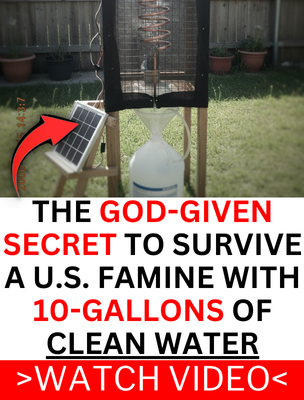



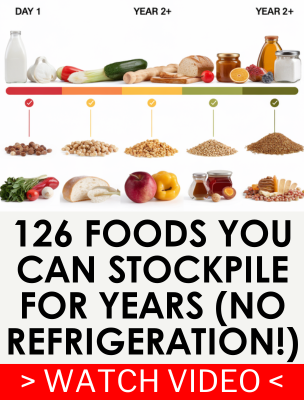
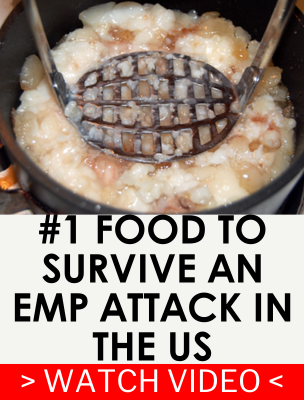
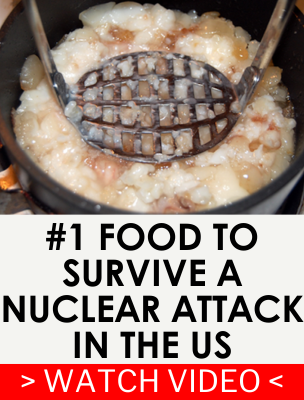

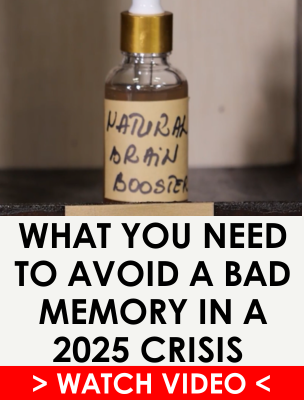
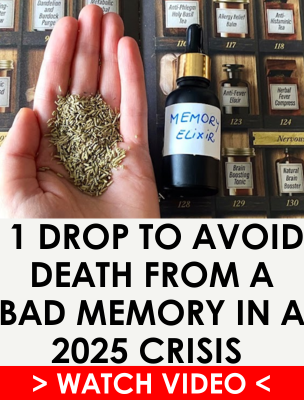




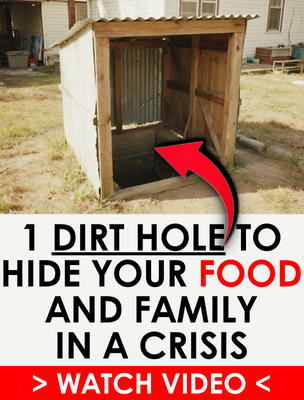


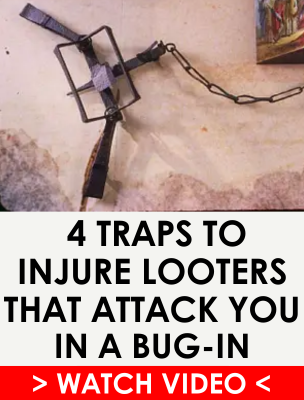
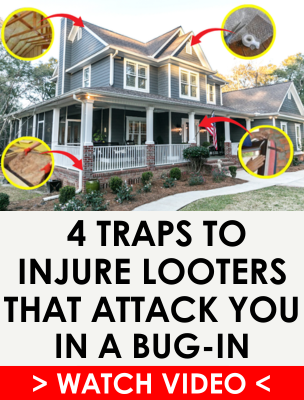




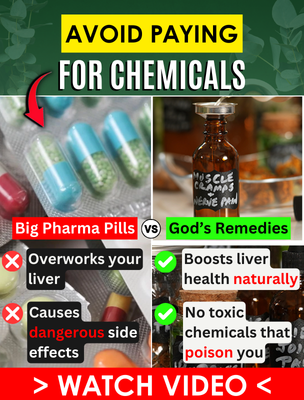
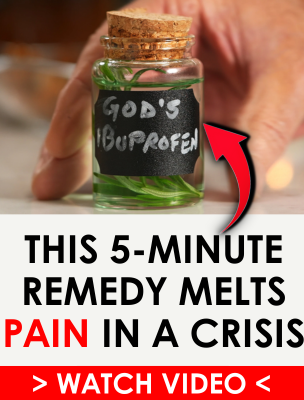

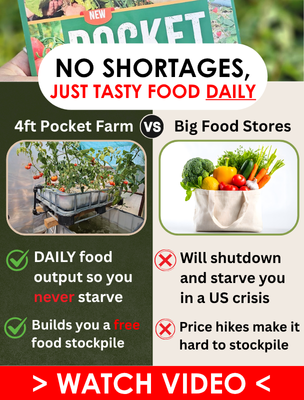


Great list of low investment or free preparedness for those who think there is nothing they can do financially AND for all of us attracted to the high dollar shiny objects of preparedness prestige to not overlook simple, mundane supplies, knowledge and skills.
The list is good and particularly health and fitness because with the best you can do with that, all else in preparedness becomes a moot point except to give it to those you care about who can survive the harsh times to come.
I add to the discussions on water:
Water tops the list of most lists regarding preparedness, so I have so much provisions for that, it also tops my list of my abundance of “high value” barter items. But, what is its value?
Handling a huge bulk of preparedness storage, well meaning friends advise it has zero value and I should put it all in a dumpster to alleviate me of storing and handling anything except high value items as only they are worth it.
They also evaluate the value of my massive preparedness storage on what I could get for it quickly in a distressed bulk sale because they compare it to their “investments” which is easily and quickly converted into dollars.
Dollars will be worthless. One brilliant financial mentor said of me saying I made twenty times the value on day one, buying a preparedness item in large bulk at five cents on the dollar! He said I didn’t make anything until I sell it. His perspective totally lacks preparedness thinking and barter items for the harsh times to come. I said: You don’t understand — I’m converting soon to be worthless dollars into items that will retain value, particularly when availability becomes poor or nonexistent!
But, his plan is to die because he wouldn’t want to live without electricity and air-conditioning! Man has lived thousands of years of world history without such modern things — it’s all new!
All that’s from today’s perspective with little imagination of the harsh times to come. Someone going to die without water soon will not appreciate my high-value thermal imaging and will want water! Perspective will be different. Will he care that once upon a time water wasn’t thought of as having much value?
The reason water is low value now is people don’t think about water because they don’t need to think about it because it’s always available in abundance just by opening a faucet or the automation of the washing machine taking what it uses or the sprinklers following a controller program.
People will think of clean, sanitary pure water almost to the exclusion of all else as they are dying of thirst! Is it low value then?
The maintenance expenses of storing zero value items is not about their value today. Ironically, the lowest value preparedness supplies are the highest value.
[email protected]
My late DH used to say the next big war would be fought over toilet paper. That was years before COVID and the “Mad TP Rush.”. My theory is that, when the world “goes South,” communications will regress and people will return to the written word, on paper. And how about those checklists? What is one of the most ubiquitous things in the civilized world? Writing paper. And what is very difficult to make by hand, without electricity, without specialized machinery, in small quantities? Paper that stands up to writing with a pen, a pencil or an old fashioned typewriter. Parchment making is a lost art that requires skills, patience and time and animal skins – things that will be in short supply for the first few years of a 1st World Breakdown. Art paper is easy to make, if you have the materials needed, but is made one sheet at a time and is really only good for being used with charcoal, pastels, chalk and paint applied with brushes, fingers or blunt sticks. Very few of those items are compact, portable and worth travelling with if you are bugging out and surviving on bare minimums. So…..I save paper – tablets, notebooks, note pads, post-it notes, the free little pads of paper in motel rooms, almost any free notepads I come across, plus I pick up some when they are on sale for ridiculously cheap prices when school supplies appear in the stores in August. My DH made a point of purchasing boxes of #2 wooden pencils in late summer/early fall. They are cheap, can be sharpened with a knife or you can pick up little hand-held plastic sharpeners for 50¢. They never dry out, they write upside down and in zero-gravity – remember the Space Race of the 1960s when NASA spent millions trying to invent a ball point pen that would work in space? Meanwhile, the Cosmonauts were simply issued wooden pencils. We used to go to trade shows for my DH’s business. My job was to get writing implements from all the exhibitors. My DH told me that if he ever needed to buy another ball point pen, I wasn’t doing my job. I don’t like writing with ordinary ball point pens so I have a lifetime supply of them, sorted and sealed up in plastic bags.
So yes, what is worth very little now may be extremely valuable when the world turns upside down. You just never know.
Lots of good ideas/points here, a number of which I’ve been practicing for years. The clickbait title though, “a secret spot” etc., is terribly misleading.
I have a substantial collection of paper and pencils as well, and loads of wood, tho not from pallets. My supply is mostly hardwood boards left over from projects in my past, furniture grade boards of decent sizes, not just little scraps. At WORST, they are well dried useable wood for my wood burning stove, though I will have to cut them up, something I dread. Walnut is going for 7 or 8$ a board foot these days, and I have a lot. Not to mention the cherry and oak,,,,,,,,,
When you add in the hardware collection(nuts and bolts and nails and screws) I have accumulated over the past few decades,
I have to concede I may be considered by some to be a bit of a “hoarder”, (even me) and that’s a concern, especially if and when I am considering moving to another place. Just how much can I bring along? How much will my son want to hang onto if he ends up needing to weed through it? My wife has similar issues with her things she’s reluctant to dispose of, such as handmade afghans and other things made by her mother, who was quite expert and prolific at this? I can’t deny the value these things represent, both from a sentimental standpoint and a practical one, they are amazingly warm and attractive.
There’s plenty of examples I could point out, but these give an idea of my problem, keep it cuzz it’s likely to be useful, or get rid of it to reduce the clutter?
Any thoughts about this would be welcomed.